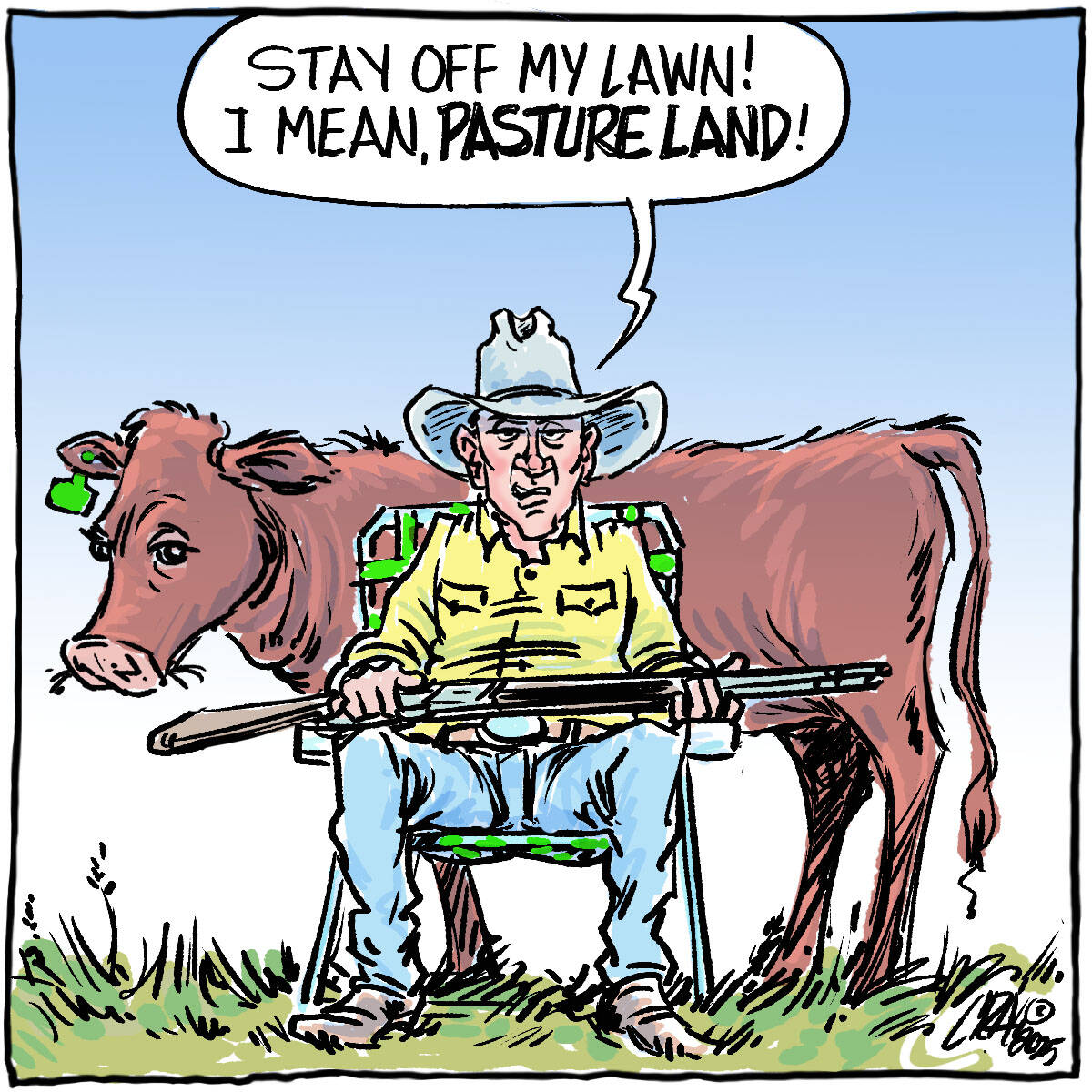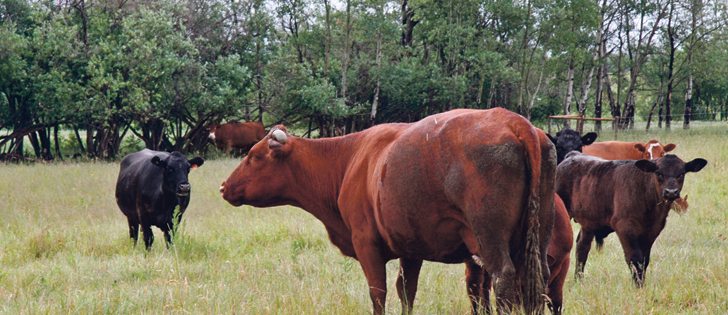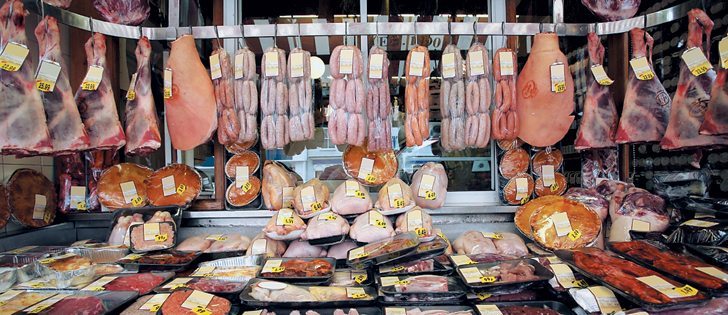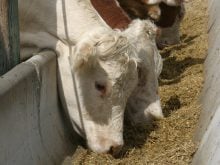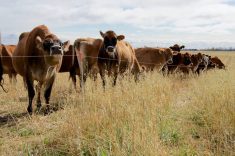A shrinking beef industry continues to be a concern in this country, despite red hot cattle prices.
There are many reasons for this, including an aging rancher population and an increasingly unstable climate.
However, the steady conversion of pastureland to cropland has been another significant cause for concern.
That’s why it’s encouraging to see more landowners taking steps to preserve their grasslands into the future.
It needs to be emphasized that landowners have the right to do what they think is best with their property.
Read Also

Invigor Gold variety viewed as threat to condiment mustard
Invigor Gold, the canola-quality mustard developed by BASF, is on a collision course with Canada’s condiment mustard industry. It’s difficult to see how the two can co-exist.
If they want to cash in and sell to an acreage developer, no one is going to tell them they can’t.
The same goes for plowing up their pastures to grow canola and wheat.
In the end, it’s their business what they do with their land.
But that said, many in the agriculture industry also recognize that preserving grasslands in this country is important, not only for the future of the beef industry but also for the continued biological diversity of our Prairie landscapes.
Besides, much of the land on which beef cattle are raised is used that way for a reason. Growing grain on marginal land is never the best recipe for farming success.
Most landowners already know this and likely have no interest in doing anything that will threaten what little grasslands this country has left.
But for many, their own personal motivations aren’t enough, and they have taken steps to better guarantee that their pastures are protected into the future.
One way to do this is to sign easements with an organization such as the Nature Conservancy of Canada, which ensures that the property remains a working cattle ranch while restricting development and conversion rights on the land in perpetuity.
For those so inclined, arrangements such as these are an ideal way to guarantee that their land continues to be used the way they want it to be used.
However, the term “in perpetuity” is a red flag for many landowners. “Forever” can be scary.
It’s why some organizations have introduced the concept of term easements.
Rather than committing to an arrangement that locks in future generations, term easements allow shorter lengths, such as 25,30, 35 or 40 years.
The Saskatchewan Stock Growers Foundation is one organization that is offering term easements, and it just recently signed its first 25-year agreement.
The landowners said their family is concerned about preservation of grassland and say protecting it for 25 years was an attractive option.
This initiative comes at a time when grassland preservation has attracted some mild controversy within the beef industry.
The Canadian Cattle Association announced two years ago that it would work with Ducks Unlimited to develop a grassland conservation initiative, but the news didn’t go over well in all parts of cattle country.
The Saskatchewan Stock Growers Association, for one, wasn’t happy that it hadn’t been consulted and asked the CCA to put its plan on hold until it could communicate a clear direction and details.
The SSGA has now announced its own grasslands policy, one that it says won’t be telling producers what to do.
These developments should not be seen as negative.
They are all part of the beef industry’s evolving efforts to ensure that grasslands remain an important part of the Prairie landscape.



